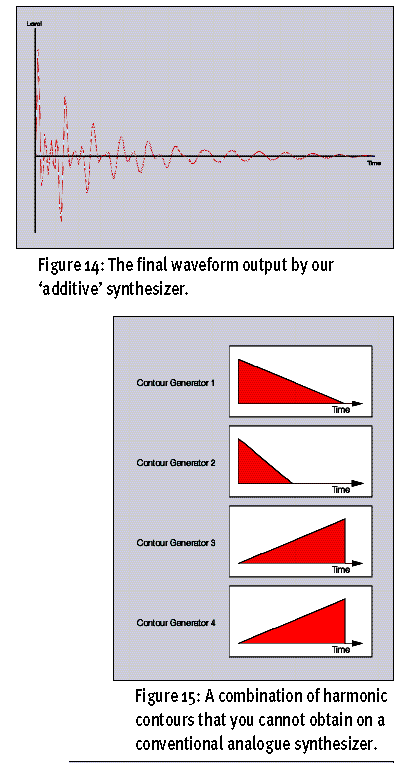

In this article we are only going to scratch the surface of synthesis as it is a very expansive topic and you can really delve quite deep. Many software synths can replicate the sound of real-life instruments, such as piano, flute, choirs and much more. We have many different types of synthesis and synthesizers. It is done so through the process of creating sound waves through electronic signals that are converter into sound waves using instruments and loudspeakers. The process of creating sounds using synthesizers is called synthesis. Donald Buchla and Robert Moog were quick to adopt Bode's ideas and along with others, they would develop them into a reality. After this development, he wrote a paper on the concept of self-contained modular synthesizer using newly emerging transistor technology and continued to work on, and develop more ideas. Bode was a pioneer in the development of electronic music instruments, and ended up developing a modular synthesizer and sound processor and in 1961. Many of us will know what a synthesizer looks and sounds like through our experiences with both the software and hardware versions, whether it was bashing away at your brothers keyboard or fiddling around with your first synth VST! They have been around the music industry since the first early concepts began to take shape in the late 50's early 60's by a German engineer, Harald Bode.


 0 kommentar(er)
0 kommentar(er)
